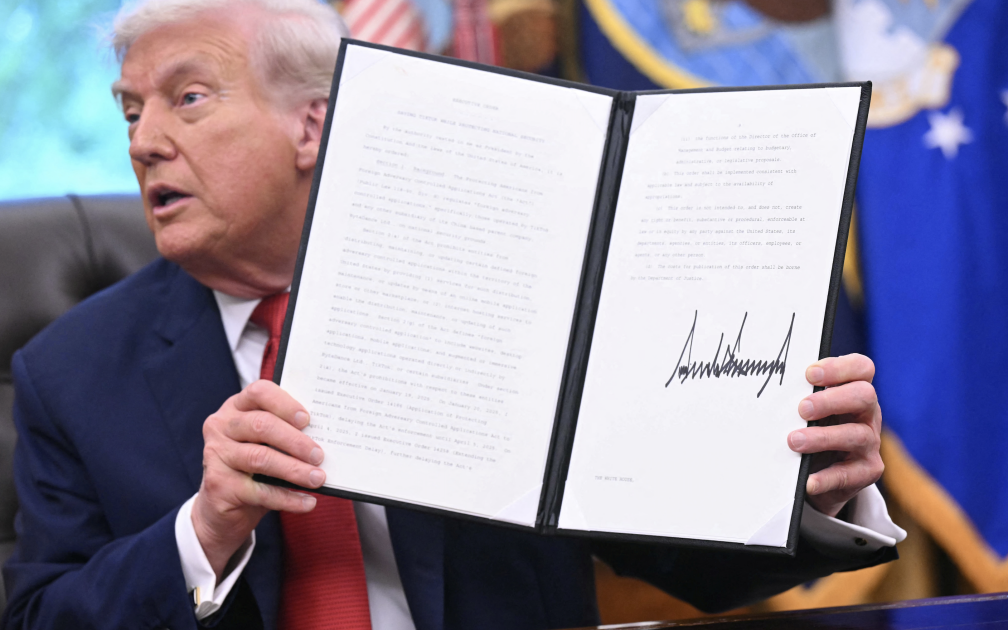Trump administration…

Every tech firm in the US heavily relies on the likes of China and Taiwan for its products, whether it involves the wholesale manufacturing of them or the supply of the vast number of semiconductor chips and components required. However, if a purported idea being considered by the Trump administration comes to fruition, they will all need to massively reduce imports and switch to locally-made chips to avoid being hit with a fresh tariff.
That’s according to a report by the Wall Street Journal, which claims that Commerce Secretary Howard Lutnick has already mooted the idea with various executives within America’s semiconductor industry. If we use Nvidia as an example, it currently relies almost exclusively on companies outside of the US for all the chips and other electronic components that are used to manufacture its graphics cards and AI data servers.
Its GPUs and CPUs are made by TSMC in Taiwan, with circuit boards and the host of parts that are fitted to them produced in China. Nvidia tends to use Micron for VRAM chips more than any other firm, and while that company is US-based, it also has production facilities in Singapore and China.
To comply with a mandate that requires it to maintain a 1:1 ratio of locally-produced semiconductor chips versus those that it imports, Nvidia would need to drastically change its supply chain somehow. Either that, or it would have to rely on the majority of its suppliers having facilities within the US to produce said components.
At the moment, there’s no indication of the nature or size of the tariff that would be applied if companies failed to reach the ratio target, but even if the threat of it is big enough to make all US tech companies immediately comply, one question remains unanswered. And it’s because there is no answer for it.
How is America’s semiconductor industry supposed to match the combined output, breadth of products, and level of technological accomplishment of Taiwan, South Korea, China, Japan, and Singapore? Despite having the likes of Intel, GlobalFoundries, and Micron, as well as fabrication plants from Samsung and TSMC, the supply chain for the global tech market is predominantly based outside of the US.
If one assumes that it can be scaled up to the level required to meet the 1:1 demand, it certainly can’t happen overnight, and the cost for adjusting the supply chain to this extent is likely to be enormous. So much so that it’s possible that any tariff would pale in comparison.
WSJ’s report also claims that the plan would allow companies to make manufacturing pledges, to give themselves sufficient time to build the required infrastructure in America, without incurring the tariff. There may also be a relief period if and when the plan is introduced, to allow for US-based production to be ramped up.
While it can be argued that having a more equally distributed semiconductor supply chain is beneficial for stability and security reasons, the economic impact of forcing it to significantly adjust so rapidly could be too much for the industry to bear; at the very least, tech companies that are currently struggling with uncertain revenues or low profit margins would not welcome the plan.
For the US tech industry, this could ultimately be good news or catastrophic news, but until any official statement is made by the Trump administration, we’re just left with speculation. Any move to significantly reduce chip imports might seem like a great idea, but with the devil being in the details, and details being thin on the ground right now, tech firms are probably feeling a tad jittery about all of this.

Best PC build 2025

